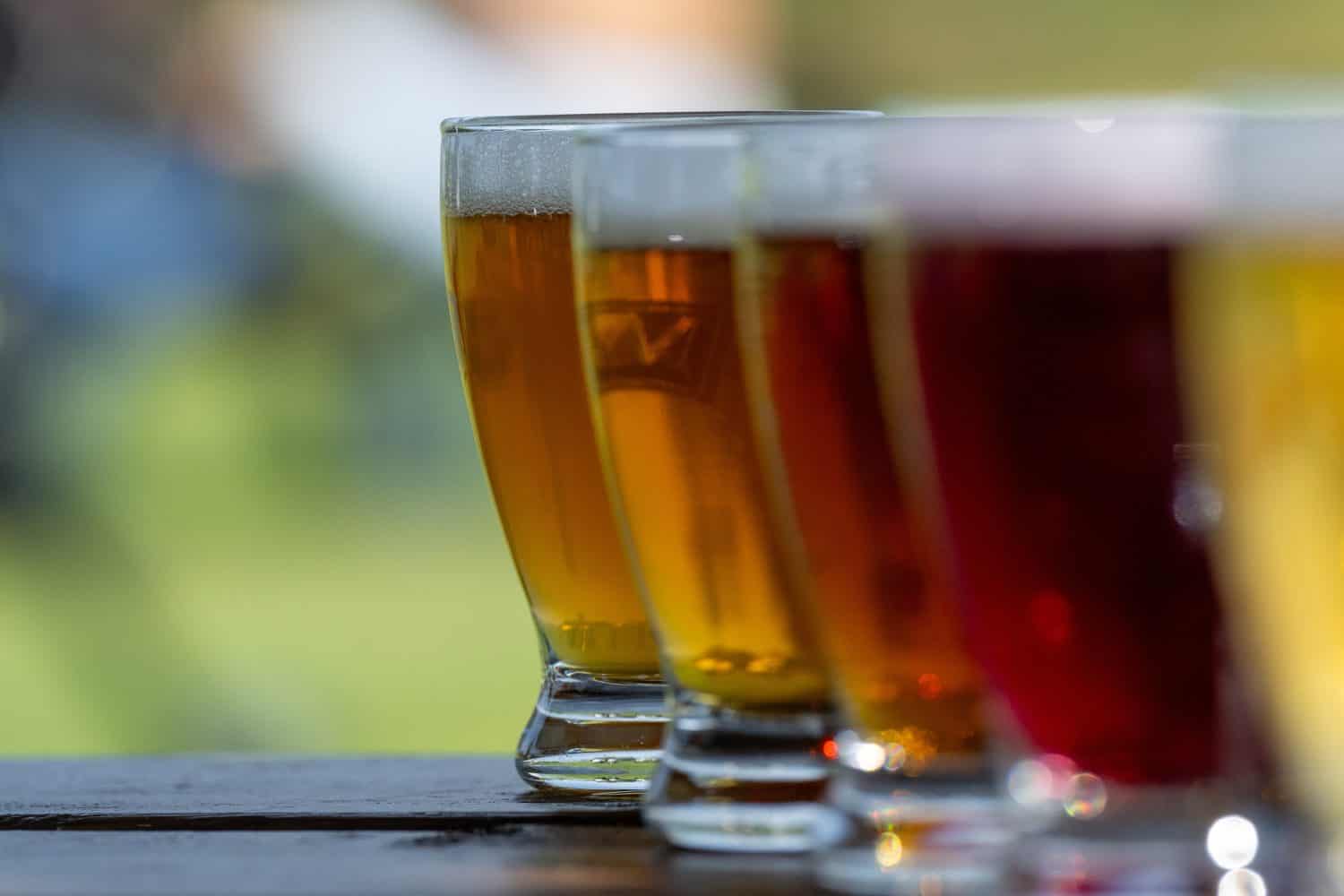Fermentation is a natural process that causes certain items to undergo chemical changes when exposed to bacteria, yeasts, or plants. One of the byproducts of fermentation is alcohol, a substance that causes chemical reactions in the human brain, including euphoria and disorientation. The euphoria of consuming alcohol is a driving force in the alcohol industry. However, this feel-good substance has a long history with humans.
Scientists believe that the practice of making and drinking alcoholic beverages dates back at least 9,000 years. (Charles H, Patrick; Durham, NC (1952). Alcohol, Culture, and Society. Duke University Press (reprint edition by AMS Press, New York, 1970). Pp. 26–27.) Some researchers believe that humans may have begun to settle and cultivate grains to make beer instead of bread, which was the original school of thought. So, let’s look at the oldest alcoholic beverages known to man.
Alcoholic beverages have changed vastly throughout human history. We are able to identify alcoholic beverages consumed by ancient peoples through the chemical analysis of residues found on pottery and other vessels that might have been used to brew or consume drinks. We also use carbon dating to determine the age of the pottery, which tells us approximately how long ago these drinks were brewed.
Additionally, it’s important to remember that ancient alcohols were not as similar to the alcohols we drink today. They were much weaker and sweeter than the alcoholic beverages we enjoy now and didn’t have as long of a shelf life, as we use modern technology to improve the strength of the drinks and preserve them. However, some companies have recreated ancient beverages using the recipes gleaned from chemical analysis. If it’s possible to drink an alcohol similar to the ones on the list, we’ve listed it here. (Also See Your Best Bets for Low-Calorie Alcoholic Drinks)
How Long Have Humans Been Brewing Alcohol?

The intentional fermentation of items to produce alcohol has a long and decorated history in humanity. There’s evidence of humans brewing alcoholic beverages as far back as 13,000 years ago and the oldest known alcoholic beverage dates back over 9,000 years. Scientists recently found the world’s oldest verifiable brewery. This cave near Haifa in modern-day Israel was a prehistoric burial site where researchers found residue of what we would now refer to as beer. They believe this prehistoric beer was used in rituals to honor the dead.
Alcohol was valuable to the ancient peoples of our world. It was so valuable that in some ancient societies, they used alcohol as a form of currency or trade commodity.
Early alcohol brewing, like most human inventions, was likely discovered by accident. The initial beers that humans drank were most likely first encountered as a byproduct of grain storage. When the grains were stored in conditions that encouraged fermentation, they produced alcohol. Humans then discovered that these fermented grains induced a sense of euphoria when consumed, leading them to attempt to recreate the conditions that produced the beer in the first place.
How Alcohol Influenced the Start of Agriculture and Ancient Economies
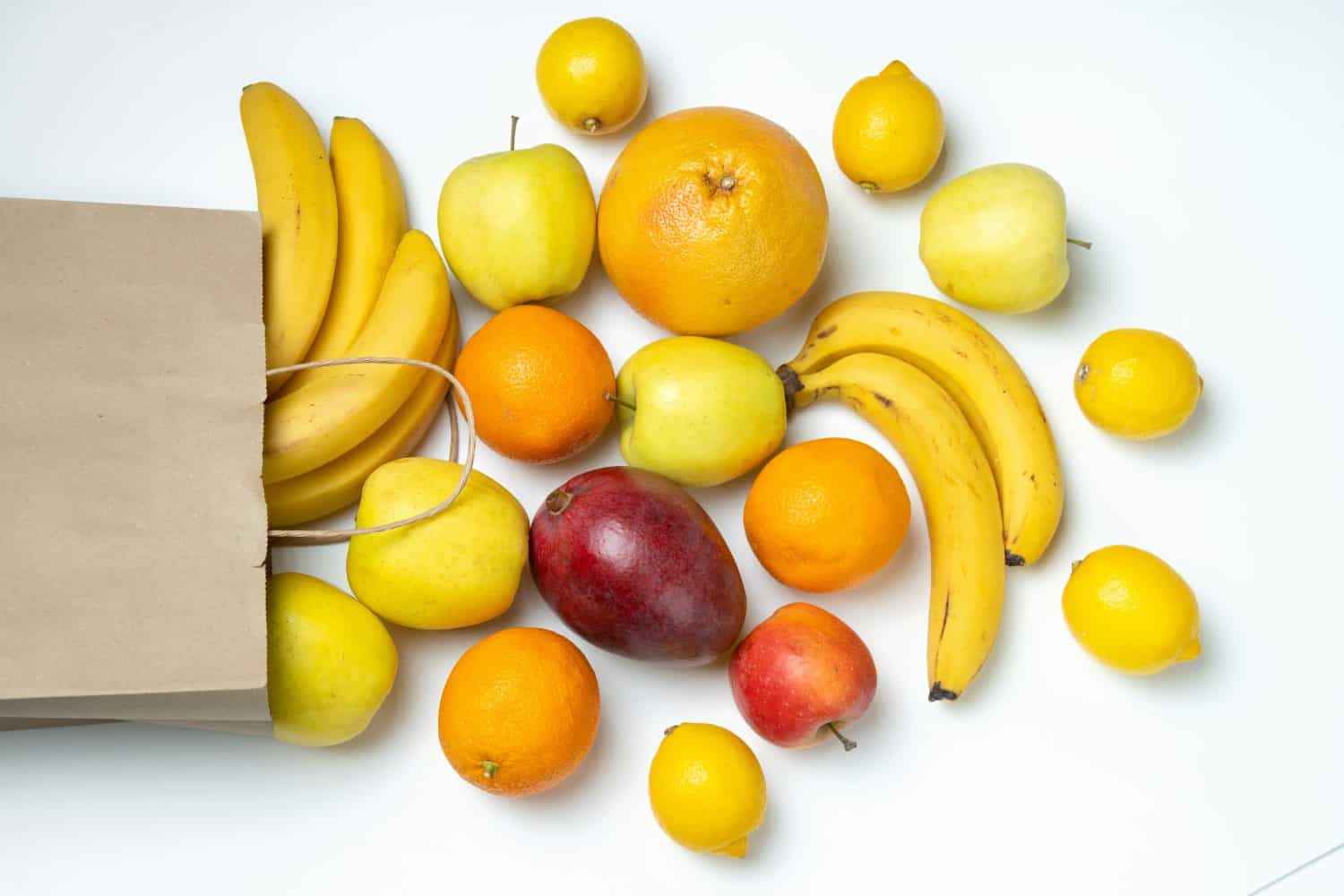
Scholars initially believed that humans began settling and forming agricultural communities to cultivate the grains necessary to make bread. However, a new school of thought posits that humans began cultivating grains for brewing beer, rather than making bread. Some even believe that it is fermentation—and the resulting alcohol from it—that brought our ancestors down from the trees to the ground. Fruit up in trees would have been fresh and edible. However, fruit that had already fallen to the ground naturally would have begun to ferment. Drawn by the euphoric sensation that consuming alcohol provides, the ancient humans may have descended from the trees in search of fermenting fruits on the ground.
Once humans began cultivating the fruits and grains they could ferment into alcohol, they began settling down and developing large-scale breweries. Alcohol became a staple part of life. For many ancient civilizations, it was a crucial part of their growing access to a stable economy. It acted as a trade commodity and both alcohol and the products used to make it functioned as forms of currency for ancient peoples.
Why Did Humans Start Drinking Alcohol?
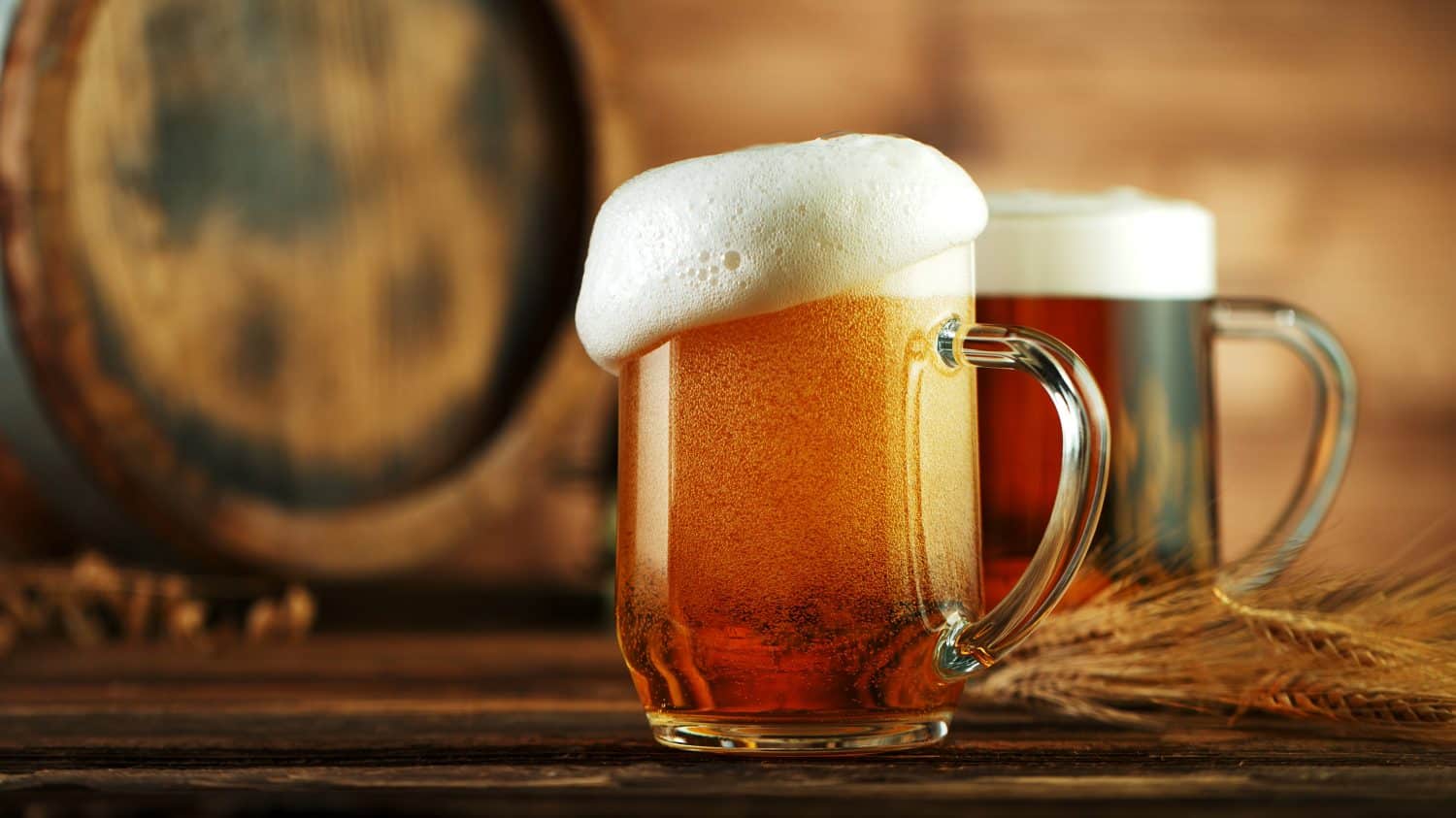
Early humans had two major reasons for drinking alcohol. The first was that alcohol made them feel good. However, once humans began settling and brewing alcohol as an agricultural product, it served a second purpose, which was hydration. It might not make sense to think about it this way at first as most people in the modern day associate alcohol with dehydration. However, when we look at the natural situation of the ancient humans, alcohol as a hydration tool makes more sense.
Ancient peoples would have lacked many of the creature comforts we’re used to in the modern day. These missing creature comforts included water filtration. If you’ve ever gone camping, you likely know not to drink water directly from most in-ground sources. It’s unlikely to be potable. You can solve this issue by boiling the water, but there was no way for the ancient people to know that. Trial and error of that nature would have meant many unnecessary deaths.
However, there was an alternative: lightly alcoholic drinks. Alcohol kills pathogens and even a small amount of alcohol introduced to a glass of water can make it safe to drink. In the past, during times of war, many soldiers would drink rum or whiskey, either straight or diluted with water, because it was safer to drink alcohol than water from a filthy lake. Ancient peoples followed a similar structure. Alcohol was safer to drink than unfiltered water. Since ancient alcohols were weaker, there was less chance that someone would overdose on it like we would today. It was a functional choice instead of a purely recreational one.
World’s Oldest Alcoholic Drink: Chinese Fermented Beverage (Modern Recreation: Chateau Jiahu)

- Year Created: 7,000–6,600 BCE
- Place of Origin: Jiahu Neolithic village in the modern-day Henan Province, China
- Derivative Ingredients: Rice, honey, hawthorn fruit and/or grapes
Shards of pottery in Jiahu, Henan, China contained evidence that the ancient peoples of China were brewing a drink that used ingredients similar to modern-day mead over 9,000 years ago. The pottery pieces date back to the Neolithic age and chemical analysis of the residue on the pottery indicates that the jars—16 different vessels, in total—were used to brew alcohol. The chemical composition of the residue suggests that the drink in the vessels was made from rice, honey, and either hawthorn fruit or grapes. The research team that performed the chemical analysis on the pottery said that this early alcoholic beverage was likely the precursor for the later, similar drinks found in sealed jars that date back to the Shang and Zhou Dynasties in 1,250–1,000 BCE, five millennia later.
If you’re interested in what this ancient mead might have tasted like, keep an eye on Dogfish Brewery. In 2006, they recreated this drink and every so often they do a limited-run release of bottles of it. Unfortunately, Chateau Jiahu, as they’ve called it, isn’t on the menu for 2024. However, they may do a re-release of it in the future. So, if you’re interested in trying it, make sure to reach out to them and let them know you want to see it again! They may do a re-run if we push hard enough!
The World’s Oldest Wine: Georgian Wine
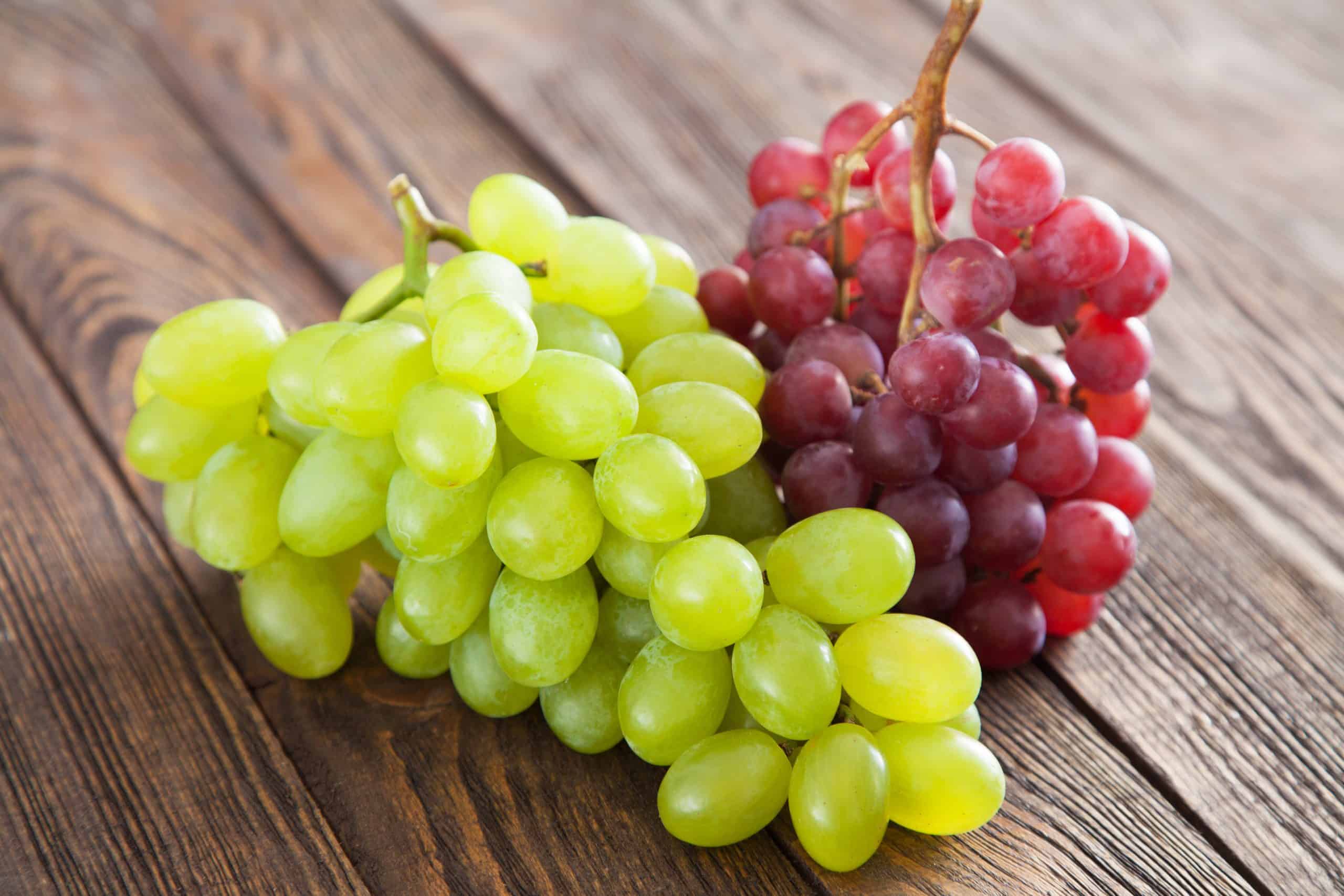
- Year Created: 6,000–5,800 BCE
- Place of Origin: Tbilisi, Georgia
- Derivative Ingredients: Grapes
No, this isn’t from the State of Georgia. It’s from the country of Georgia. The traces of wine found in jars unearthed at an archaeological site called Gadachrili Gora near Tbilisi, Georgia date back to around 6,000 to 5,800 BCE, around 8,000 years ago. The history of Georgian wines is deep and rich. The evidence of winemaking isn’t the only proof that the Georgians loved grapes, which the Tbilisi hillsides used to be covered with, according to pollen analysis. The pottery at Gadachrili Gora is also decorated with beautiful pictograms of grapes and grapevines, indicating that grapes held a crucial significance to the ancient peoples that lived at Gadachrili Gora. The vessels are known as Qvevri, earthenware pottery designed for fermenting and storing wine. Georgian wine was a part of the survival of the people who lived there and a testament to their tenacity.
The wine found at Gadachrili Gora is recognized as the world’s oldest wine by the Guinness Book of World Records and is part of UNESCO’s Intangible Cultural Heritage. It is one of the oldest wine cultures we know and represents a crucial part of history that we need to preserve and remember. It is possible to purchase wines made using traditional Georgian grapes and fermentation methods. However, if you’re going to give this historical bevcrage a try, we urge you to only patronize native Georgian companies as these will not only provide the most authentic product, but they also ensure the continuation of the tradition as it was meant to be carried out. We recommend companies such as Tifliski, JSC, and Telavi for those looking to try Georgian wines.
Hajji Firuz Tepe Wine

- Year Created: 5,400–5,000 BCE
- Place of Origin: Hajji Firuz Tepe, Zagros Mountains, Iran
- Derivative Ingredients: Grapes
Another ancient winemaking civilization existed in what is now the Zagros Mountains in modern-day Iran. The wine found at the Hajji Firuz Tepe archaeological site in the Zagros Mountains was the oldest wine in the world that we knew of until the wine at Gadachrili Gora was discovered. It was found when researchers found a jar with a yellowish residue inside it and performed a chemical analysis to determine what left the traces behind. They found that the residue was grape wine. The jar in question was one of five jars found at the time. The five jars were found in what appeared to be a Neolithic kitchen area in a simple mudbrick building. They also contained traces of terebinth tree or pine resin, which was often added to ancient wines as a preservative.
There’s a Persian fable origin for the wines like the ones found at Hajji Firuz Tepe. The fable tells of how the Iranians invented winemaking and states that the King, Jamshed, the fourth king of the Pishdadian dynasty had a mistress who had lost the king’s favor. In grief, she tried to kill herself by eating rotten grapes. However, she ended up getting drunk and falling asleep instead. When she woke up, she felt better and she told the king of the “poison” she had eaten. He tried it and liked it so much that he named it Zahre Kosh, or “pleasant poison.” The legend states that through this action, the mistress regained the king’s favor and rid herself of a distressing headache in the process.
Chicha

- Year Created: 5,000 BCE
- Place of Origin: Andes Region of South America
- Derivative Ingredient: Maize (Corn)
Another drink with a rich cultural history is the South American alcohol known as chicha. Unlike the people of Eurasia who were fermenting grapes and honey, the people of the Andes Region of ancient South America, primarily the Inca peoples, were cultivating maize as their primary crop. Maize, which would be called “corn” in North America (“Maize” is a Spanish word that was adopted into the English language in the 17th century.)
Some amount of the maize grown by the Inca would be fermented into a drink that they called chicha. Archaeologists have discovered pottery dating back to 5,000 BCE that has the chemical markers of fermentation and traces of alcohol biomarkers, indicating that the pieces were used to grind the maize for fermentation and store the final product. Chicha has a long and decorated history in the Andes Region, where it is a critically important part of the culture, even in the modern day.
According to researchers and experts on ancient Inca culture, chicha occupied a space in the Inca culture that is similar to how modern-day people drink coffee. Chicha would have been safer to drink than water, which could have been contaminated with deadly pathogens. So, the Inca workers who were cultivating maize, another crucial cultural staple that made up a huge portion of Inca diets and food commodities, would drink chica during and after work to hydrate and relax. Chicha was also important to the Inca religions and they would use it as an offering to their Gods and ancestors. When they would perform human sacrifices, they would annoint the sacrifice with chicha before the ceremony.
Earliest Known Beer Brewing: Iranian Barley Beer
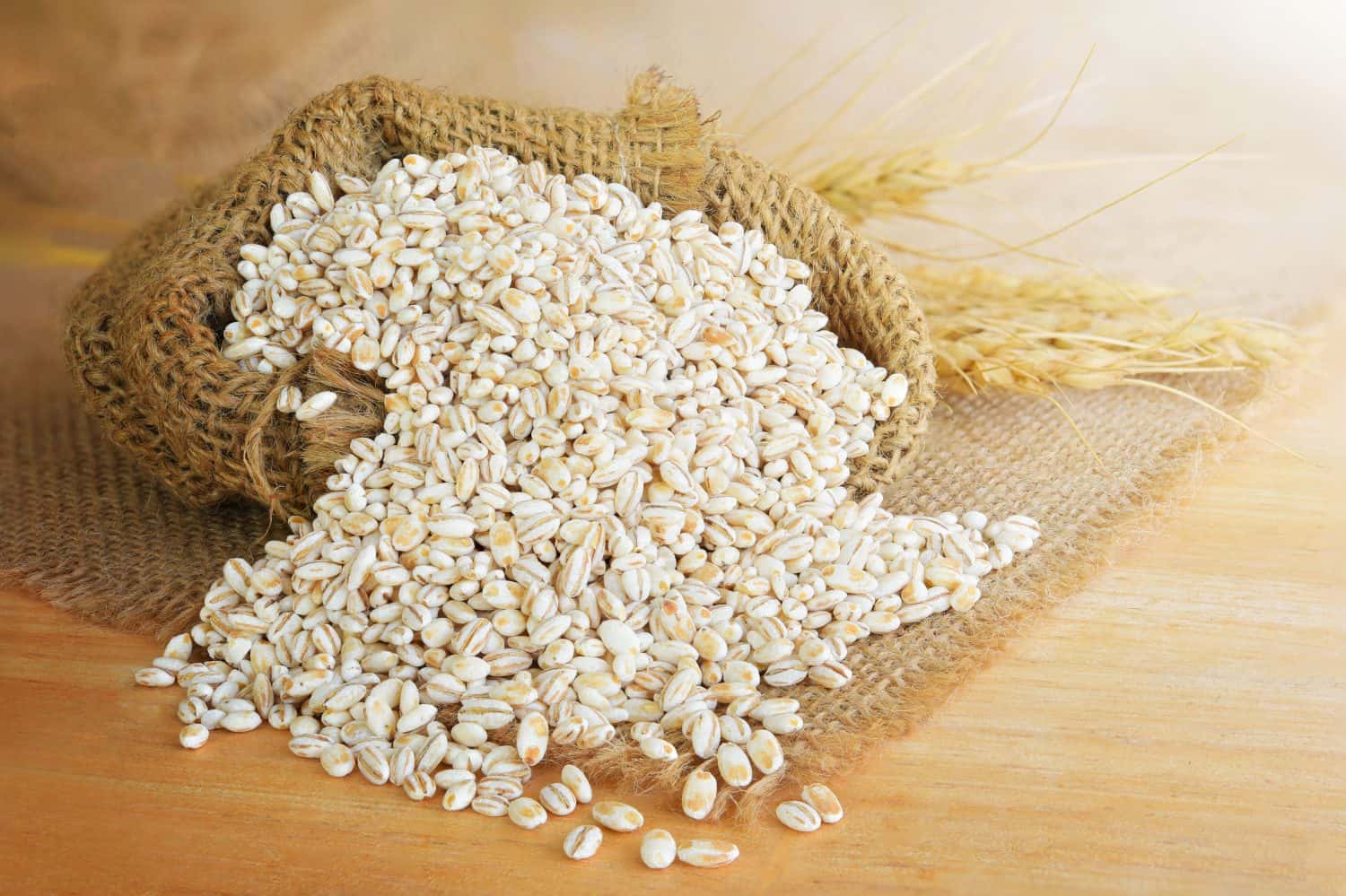
- Year Created: 3,400–3,000 BCE
- Place of Origin: Godin Tepe, Zagros Mountains, Iran
- Derivative Ingredients: Barley
An ancient alcohol from the Zagros Mountains in Iran is the earliest known example of barley beer. Archaeologists excavated a jug that they were able to date back to around 3,400 to 3,000 BCE. The jar contained a yellowish material that they later identified as calcium oxalate, also known as beerstone. The substance is a byproduct of barley beer production and the jug is one of the earliest pieces of pottery we have that contains evidence of barley beer production in ancient civilizations. It is one of the earliest examples we have of a beer product made using cereal grains. We don’t know the exact brewing methods that were used with these jugs. However, the people of Sumer, who would have lived in the area, were well-known beer-enjoyers who brewed and consumed beer ravenously.
This Iranian barley beer was found in the Godin Tepe archaeological site in the Zagros Mountains in Iran. We know this area would have been part of the ancient civilization of Sumer once upon a time. It makes sense that we were able to find evidence of beer brewing in the area formerly known as Sumer, as the Sumerians loved beer. One of the most common pictographs found on Sumerian artifacts is their symbol for a word that would have been similar to the modern “beer” in meaning. We know that the ancient peoples of Sumer made a wide variety of beers to enjoy, including light, dark, amber, and sweet beers. We even have evidence that they were producing specially filtered beers.
Ancient Egyptian Herbal Wines
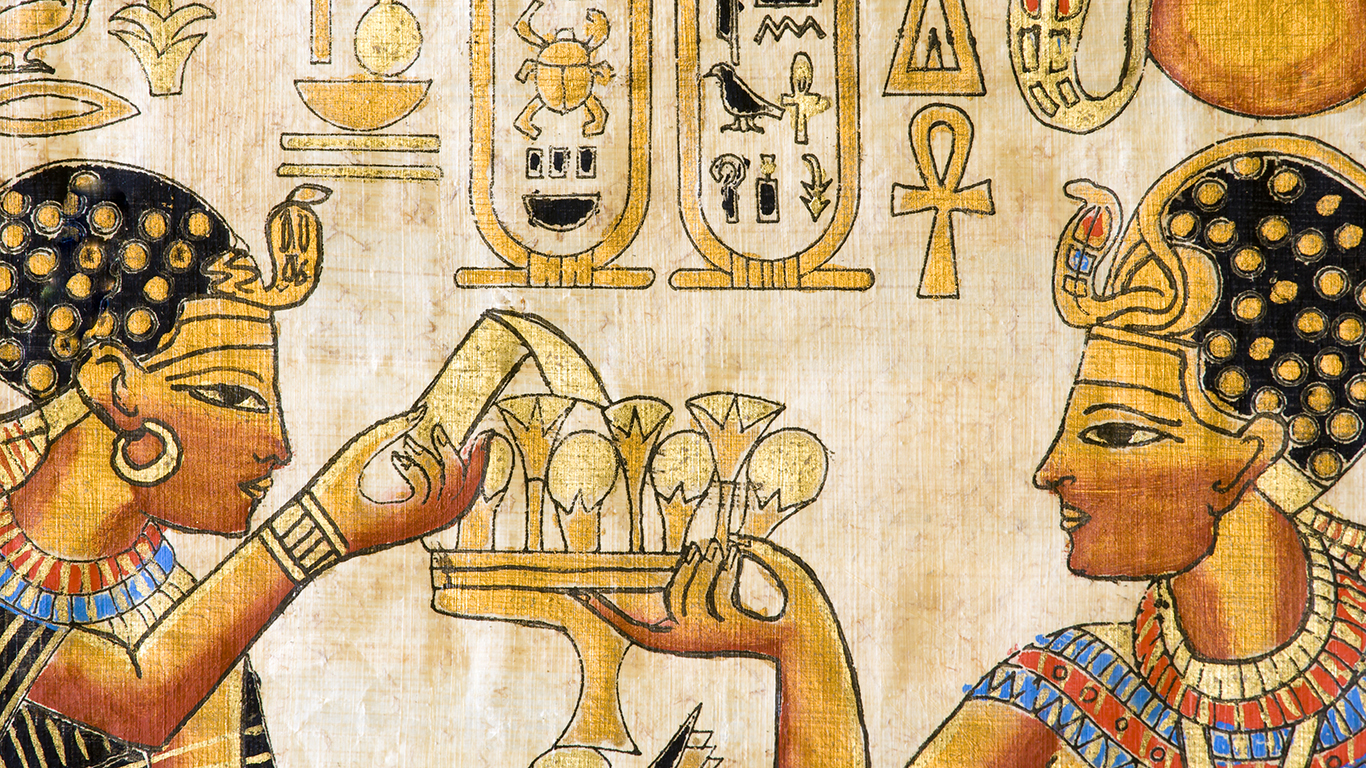
Fragment of ancient Egyptian painting on papyrus. This is a souvenir replica from a market in Cairo
- Year Created: 3,150 BCE
- Place of Origin: Abydos, Upper Egypt
- Derivative Ingredients: Herbs, tree resins, and grape wine
There were many types of alcohol made in ancient Egypt. Like the other ancient peoples, they consumed alcohol as a safer alternative to the water of the Nile River, which isn’t safe to drink. We know they were making wine early in their history as archaeologists have excavated the tomb of Scorpion I, one of the first rulers in ancient Egyptian civilization. In his tomb, they found a veritable treasure trove of over 700 jars. One of those jars was found to have a flaky, yellowish residue. The researchers were eager to chemically analyze to determine the composition of the residue. Chemical analysis of the residue revealed the presence of tartrate, one of the principal biomarkers for wine and other grape products in the Middle East. The presence of tartrate in the jars indicates that the ancient Egyptians were fermenting grape wine.
However, ancient Egyptian herbal wines are different from the standard wines. More standard wines might have been used as an alternative to water or for recreational disorientation. However, herbal wines were an early type of medicine that ancient Egyptian doctors used to treat the various ills that plagued the people. Standard wines were fermented drinks consumed for hydration or recreation. However, doctors would add herbal remedies to wines and create medicinal tonics. These herbal wines are notable because they show that the ancient Egyptians were practicing an early form of medicine. That is they had doctors whose jobs were to assess patients’ symptoms, make diagnoses, and provide semi-standardized treatments. This is similar to the process we have today.
Ninkasi Beer
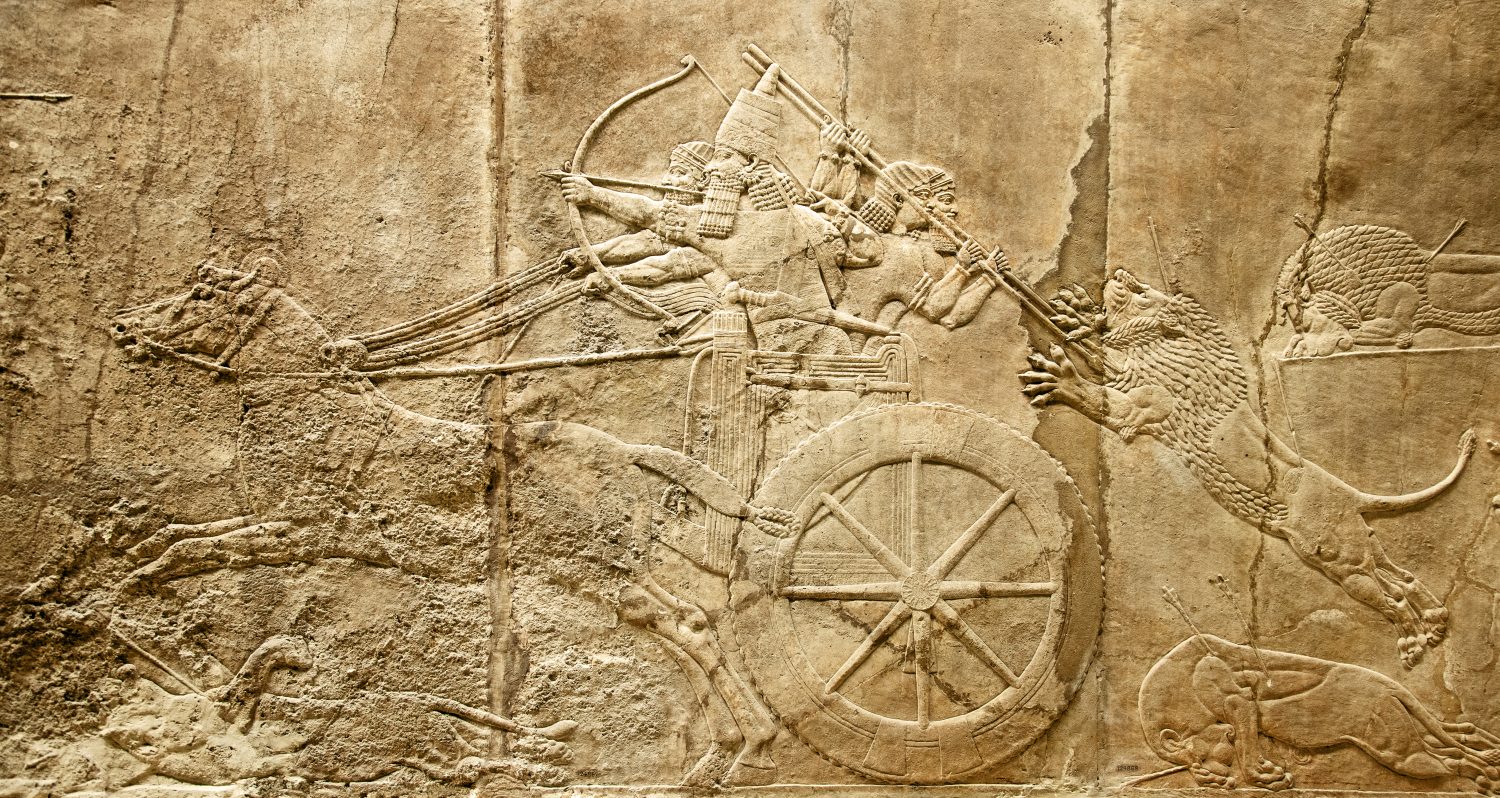
- Year Created: 1,800 BCE
- Place of Origin: Southern Mesopotamia in modern-day Iraq
- Derivative Ingredients: Bappir bread (made from several types of grains), honey, and malt
In the early 1900s, a professor of Sumerology at the University of Chicago was the first person in the world to translate the stone tablets that contained the Mesopotamian Hymn to Ninkasi. Ninkasi is an ancient Sumerian goddess who represented the Sumerian traditions of beer and brewing. Remember when we said above that the Sumerians loved their beer? We meant it.
It wasn’t just culturally and economically relevant. Beer was also religiously relevant for the Sumerian peoples. Ninkasi, the Goddess of Alcohol, was a subject of great worship by the Sumerian people. They believed that honoring her would bless their beer and brewing facilities. The Hymn to Ninkasi tablets don’t just contain prayers to the Goddess. They also contain the oldest known written recipe for beer. When the tablets were translated, we discovered the recipe which contains ingredients. They also contained instructions on how to make this ceremonial drink.
The recipe called for Bappir bread, which is a type of Mesopotamian bread made from several different types of grains. It states that you should add Bappir bread, honey, and twice-baked bread and grind it up into a granola-like substance. They would then add a healthy amount of malt and leave the mixture to ferment, resulting in the beer.
After the release of the translation, the founder of Achor Brewing Company in San Fransisco, Fritz Maytag, recreated the beer from the recipe. He presented it to the American Association of Micro Brewers in 1991. However, Maytag was unable to bottle and sell the beer. According to the recipe, it is meant to be enjoyed immediately after fermenting rather than stored. Thus, it was unsuitable for sale.
Cacao Wine (Modern Recreation: Theobroma)
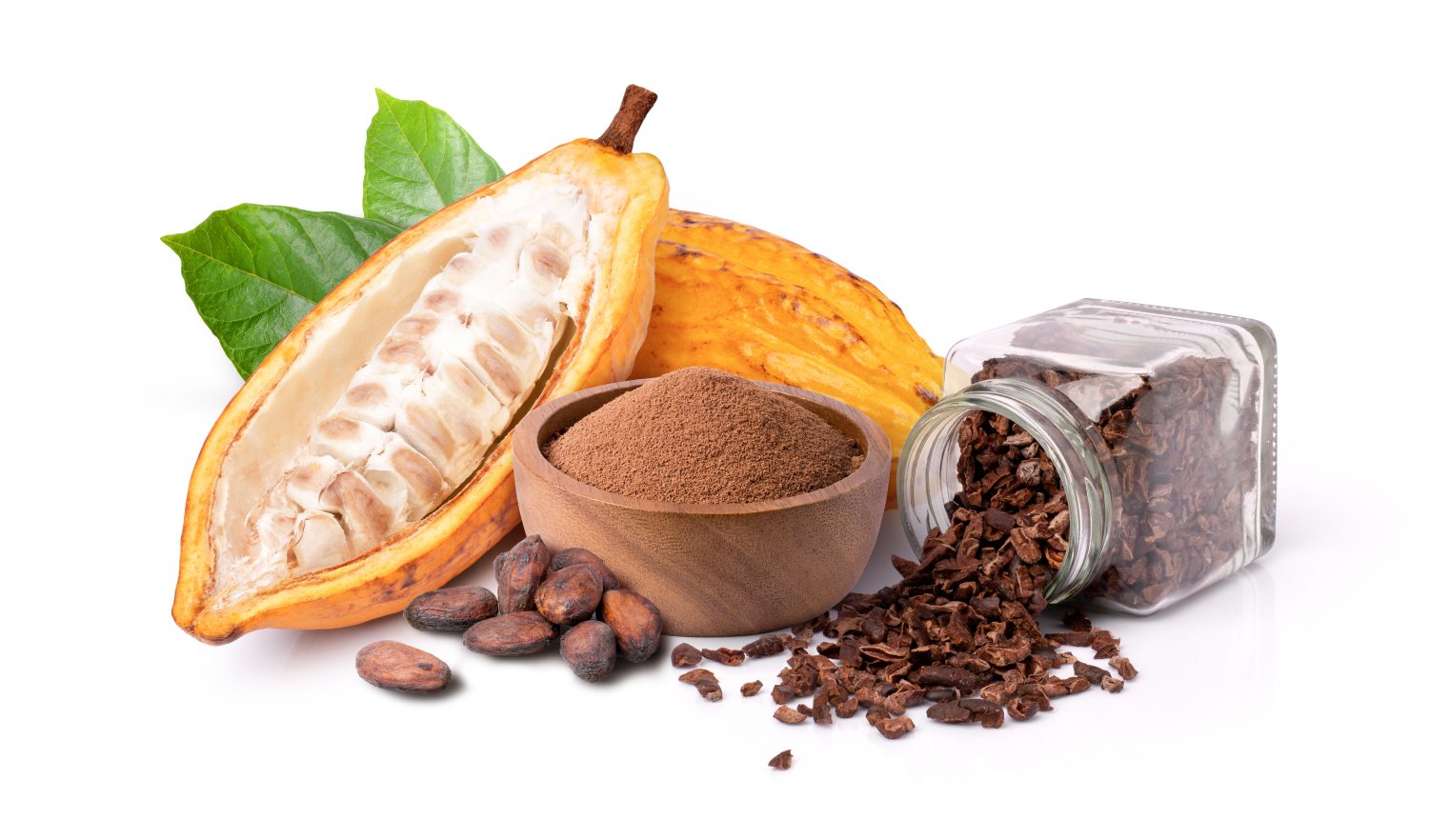
- Year Created: 1,400 BCE
- Place of Origin: Mesoamerica; the oldest evidence of cacao wine comes from Honduras
- Derivative Ingredients: Cacao
Like many fruits, cacao fruits produce alcohol when they ferment. The cacao fruit is mostly associated with chocolate in the modern day. However, researchers believe that the alcohol production of fermenting cacao fruits was likely what caused the ancient cultures of Mesoamerica to begin cultivating the trees.
We know that the ancient Mesoamericans were brewing alcohol using cacao fruit, because we found pottery shards that date back to 1,400 BCE. Researchers analyzed the shards and found evidence of both wine brewing and theobromine. Theobromine is a chemical compound only naturally found in cacao. Thus, we can conclude that the Mesoamericans weren’t necessarily making the chocolate we know today. Instead, it seems they were fermenting the cacao fruit to make wine.
Evidence of texts and other information from the area indicate that the cacao wine was valuable to the Aztecs. Cacao was one of the most valuable substances for the Aztecs. They used the beans as a form of currency. The information we have from the Aztecs indicates that they made cacao wine by fermenting the sweet pulp that surrounds the fruit’s seeds. The final product, cacao wine, is indicated for use in religious ceremonies and as a marker of great wealth.
